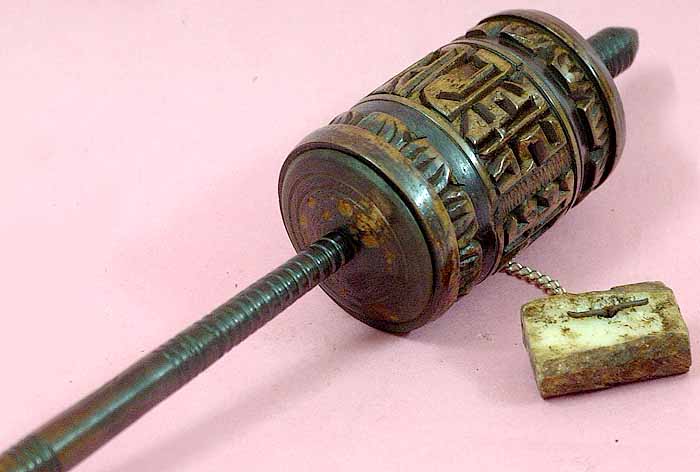

The most unusual part of the study
and apparently the most effective
involved the healing use of prayer.
The study found that angioplasty patients
with acute coronary syndromes
who were prayed for
did 50 to 100 percent better
(in terms of heart rate,
blood pressure, and EKG results)
than did patients in the control group.
Patients who received guided imagery,
touch, or stress relaxation assistance
also benefited,
showing a 30 to 50 percent
trend toward improved outcomes.
Prayers were offered by
seven different religious groups.
Each group received the same data:
the name of a male patient
who was undergoing a catheter procedure,
a stressful operation
which involves threading a tube
into the heart while the patient is awake.
The prayers went out from
Buddhist monasteries in Nepal and France,
from Moravians in North Carolina,
and from Carmelite nuns in Baltimore
who prayed during evening vespers.
In Jerusalem,
prayers were inserted
in the city's Western Wall
by a Jewish group.
Fundamentalist Christians,
Baptists,
and Unitarians
prayed as well.
The prayers proved effective
even though the MANTRA
(Monitor and Actualization of Noetic Trainings)
patients didn't know they were being prayed for.


